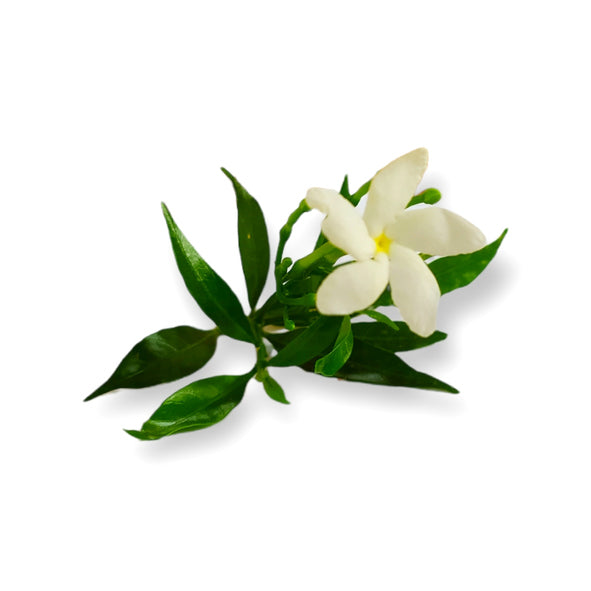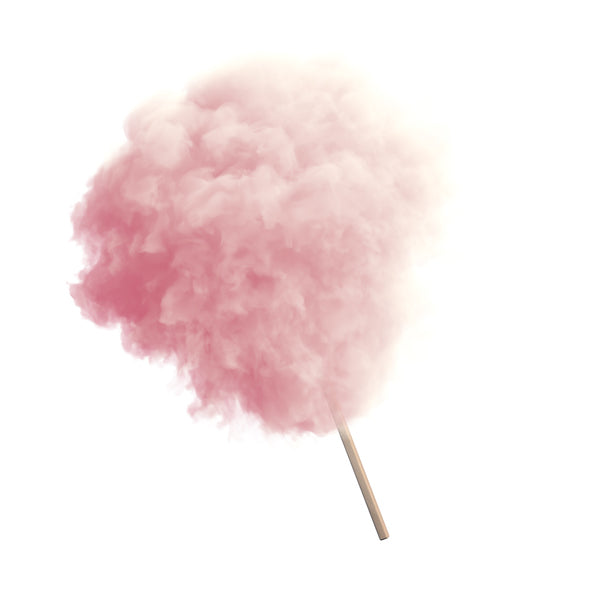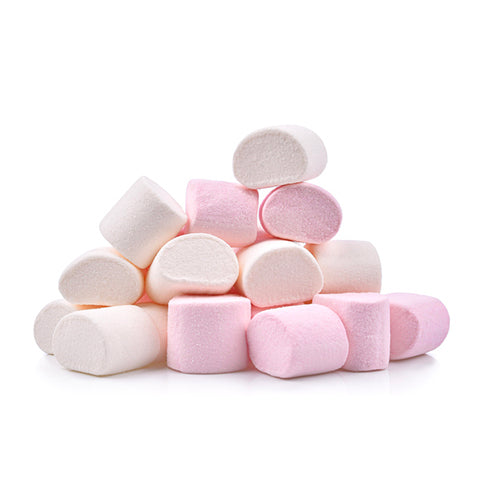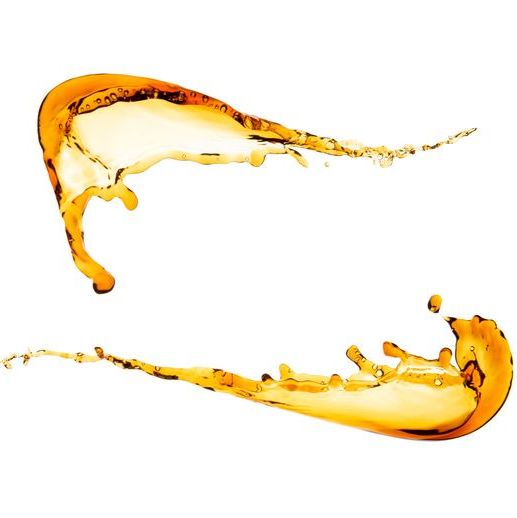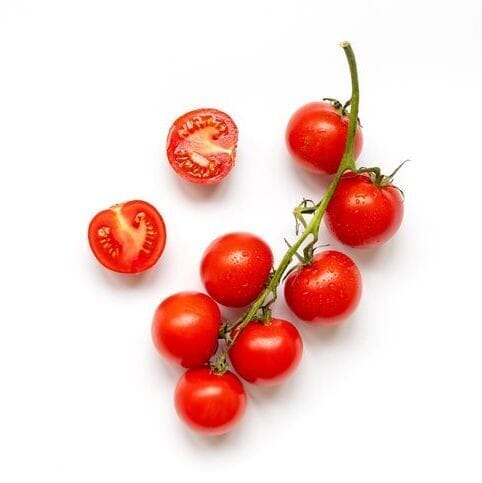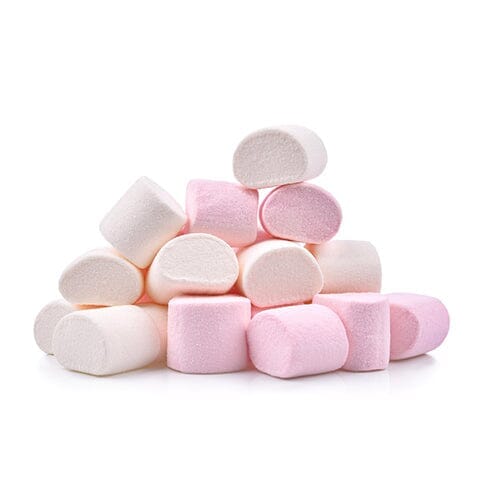Our Damask Rose fragrance
Our niche fragrance collection features several rose-infused creations. Eau de Parfum 106 features a distinctive rose heart note, featuring Damask rose. Combined with vanilla, it creates a complex, floral, and powdery fragrance.
SUMMARY
01. In the beginning...
02. Growing the damask rose
03. What do you know about Damask rose in perfumery?
04. Famous perfumes with damask rose
In the beginning...
The Damask Rose, also known as Rosa damascena, has been an iconic flower in perfumery for thousands of years.
Its history dates back to antiquity and it is considered one of the oldest and most prestigious roses in the world.
It has its origins in the Middle East region, more precisely in Syria, in the city of Damascus, from which it takes its name.
According to historical records, the earliest evidence of Damask Rose cultivation dates back over 3,000 years. The civilizations of ancient Egypt, Greece, and Rome already used this flower for its aromatic and medicinal properties. It was also used in religious ceremonies and was considered a symbol of beauty and love.
Over the centuries, the Damask Rose's popularity spread throughout Asia and Europe through trade and travel. During the Middle Ages, it gained notoriety in Europe, and its aromatic properties led to its widespread cultivation in royal gardens and monasteries.
It was during this time that the first methods of extracting essential oils were developed, marking the beginning of its use in the perfume industry.
Damask rose's popularity in perfumery has not declined and continues to arouse the admiration of noses around the world. However, it is used sparingly due to its price and regulations. Its olfactory strength is such that this does not prevent it from adding depth to fragrances.
Growing the damask rose
The Damask Rose is native to the Middle East, specifically Syria and Turkey. It was during the Crusades in the Middle Ages that Westerners discovered this flower. The first to bring it back was the knight Robert de Brie, from the town of Provins. This is how the Syrian rose arrived in France and spread throughout Europe, making Provins the capital of the French rose.
Over time, its cultivation spread to other parts of the world. Bulgaria, Iran, India, Russia, and China also became major producers of this precious flower. Among all these regions, Bulgaria stands out, producing some of the finest Damask roses in the world. The climatic conditions, fertile soil, and experience passed down from generation to generation have contributed to making Bulgaria a suitable place for growing this delicate rose.
The valleys of Bulgaria, particularly the Kazanlak Valley, are renowned for producing Damask Rose of exceptional quality. Damask Rose cultivation relies on a delicate and demanding process and traditional know-how passed down from generation to generation. The plant requires a specific climate to thrive: hot, dry summers and relatively mild winters.
It prefers well-drained soils rich in organic matter. Damask Rose can be propagated from seeds or by cuttings. However, cuttings are more common because they allow the specific characteristics of the parent plant to be replicated. Growers should be aware of diseases and pests that can affect the crop.
The Damask Rose's flowering period is short, generally from May to June, depending on the growing region. It is during this time that the roses are harvested by hand, early in the morning, before the sun rises and the essential oils are at their peak concentration. This traditional harvesting method guarantees the optimal quality of the extracted essential oils.
What do you know about Damask rose in perfumery?
Once harvested, the roses are quickly transported to distilleries to begin the process of extracting essential oils and absolutes. The most common extraction methods are:
• Steam distillation which produces the essential oil and hydrosol
• Extraction with volatile solvent which gives the absolute.
This is more widely used than essential oil because it is more cost-effective. In distillation plants, roses are placed in a still and subjected to steam, allowing the essential oils to evaporate. The steam, laden with essential oils, is then cooled and condensed to form a mixture of rose water and essential oil.
This mixture is then separated, and pure Damask Rose essential oil is obtained. Damask Rose is characterized by floral, aromatic, green, and liqueur-like notes, with spicy and fruity nuances in the background. The main aromatic components of Damask Rose essential oil include citronellol, geraniol, nerol, and geranyl acetate.
The molecule that defines the absolute is phenylethyl alcohol, which gives it its very honeyed facet. The Damask Rose stands out from other roses thanks to its honeyed, spicy, and vinous character. For example, the Grasse Rose (Rosa centifolia) offers a fruitier lychee note and less vinous notes.
Famous perfumes with damask rose
Damask rose is a highly prized ingredient in perfumery, and is used in many fragrances renowned for their elegance, complexity, and sensuality. Here are some of the famous perfumes that feature Damask rose:
Chanel No. 5 Eau de Parfum : Created in 1921 by Ernest Beaux for Chanel, this women's fragrance features Damask Rose blended with other white flowers and the fragrance's characteristic aldehyde notes.
Paris, Yves Saint Laurent : Launched in 1983, this iconic fragrance is a tribute to the city of Paris and the Damask Rose, which occupies a central place in its formula along with violet. The latter's powdery note is also accompanied by orange blossom and citrus at the top.
Amouage - Lyric Woman : This sophisticated fragrance showcases Damask Rose alongside other floral notes like ylang-ylag and jasmine. Its base notes are composed of woods and spices like sandalwood, oakmoss, musk, vanilla, and tonka bean.
Rose Water - Diptyque : This fresh and delicate eau de parfum presents a modern interpretation of Damask Rose, with notes of bergamot and blackcurrant in the top notes as well as a base of white musk for a luminous and elegant fragrance.
Rose of No Man's Land - Byredo : Inspired by World War I nurses, this fragrance highlights Damask Rose as a symbol of hope, with notes of pink pepper and raspberry for a contemporary twist.
These fragrances are just a glimpse of the many creations that celebrate the Damask Rose in perfumery.




